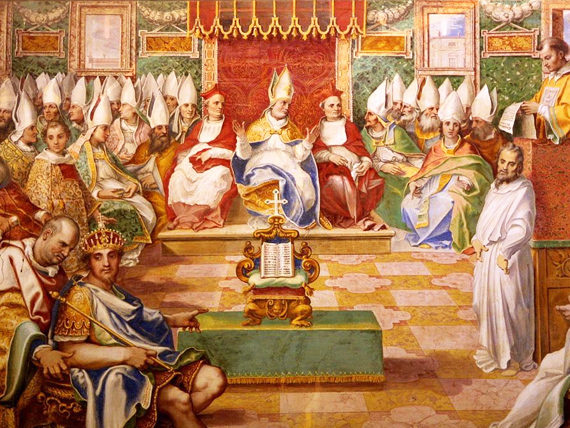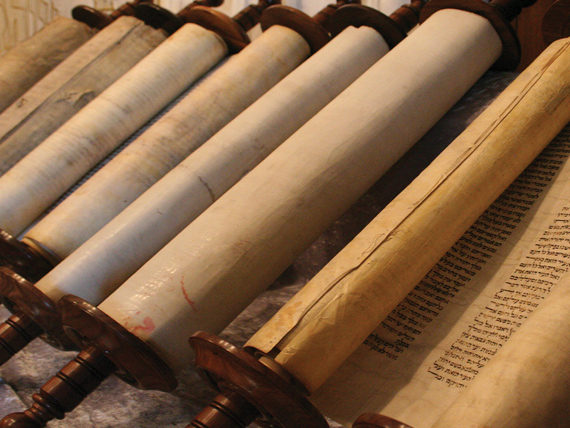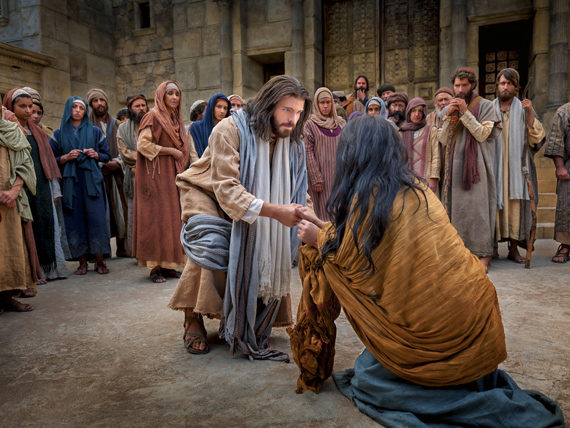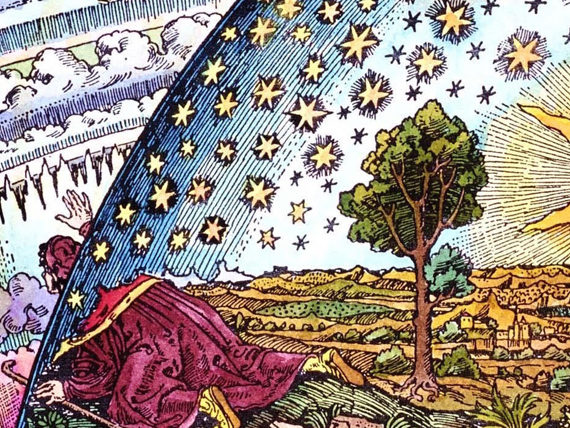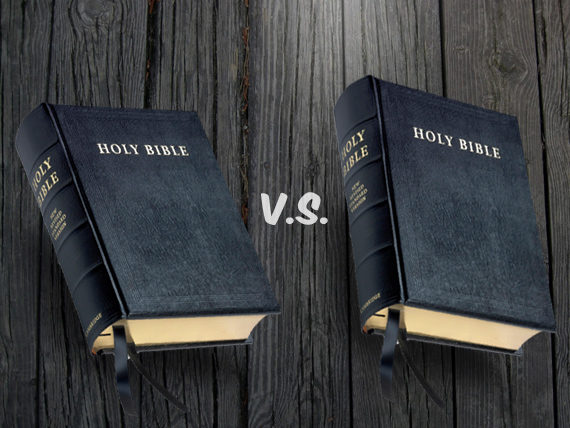Hebrews, James, 1 Peter, 2 Peter, 2 John, 3 John, Jude, and Revelation were all rejected from older versions of the Christian Bible. The books Shepherd of Hermas, Epistle of Barnabas, 1 Clement, 2 Clement, Paul’s Epistle to Laodiceans, and Apostolic Constitutions were all once included in the Bible but are now rejected from the version we read today.
Some books that man chose to remove from the Bible, deeming them as “unsacred”, are still referenced in the current Bible. There are at least 18 references in the Bible to scriptural texts that man chose to exclude from the current Bible. How can one honestly trust man’s decision of what texts are to be deemed “sacred” when those very texts invoke other texts which man discarded as unsacred?

